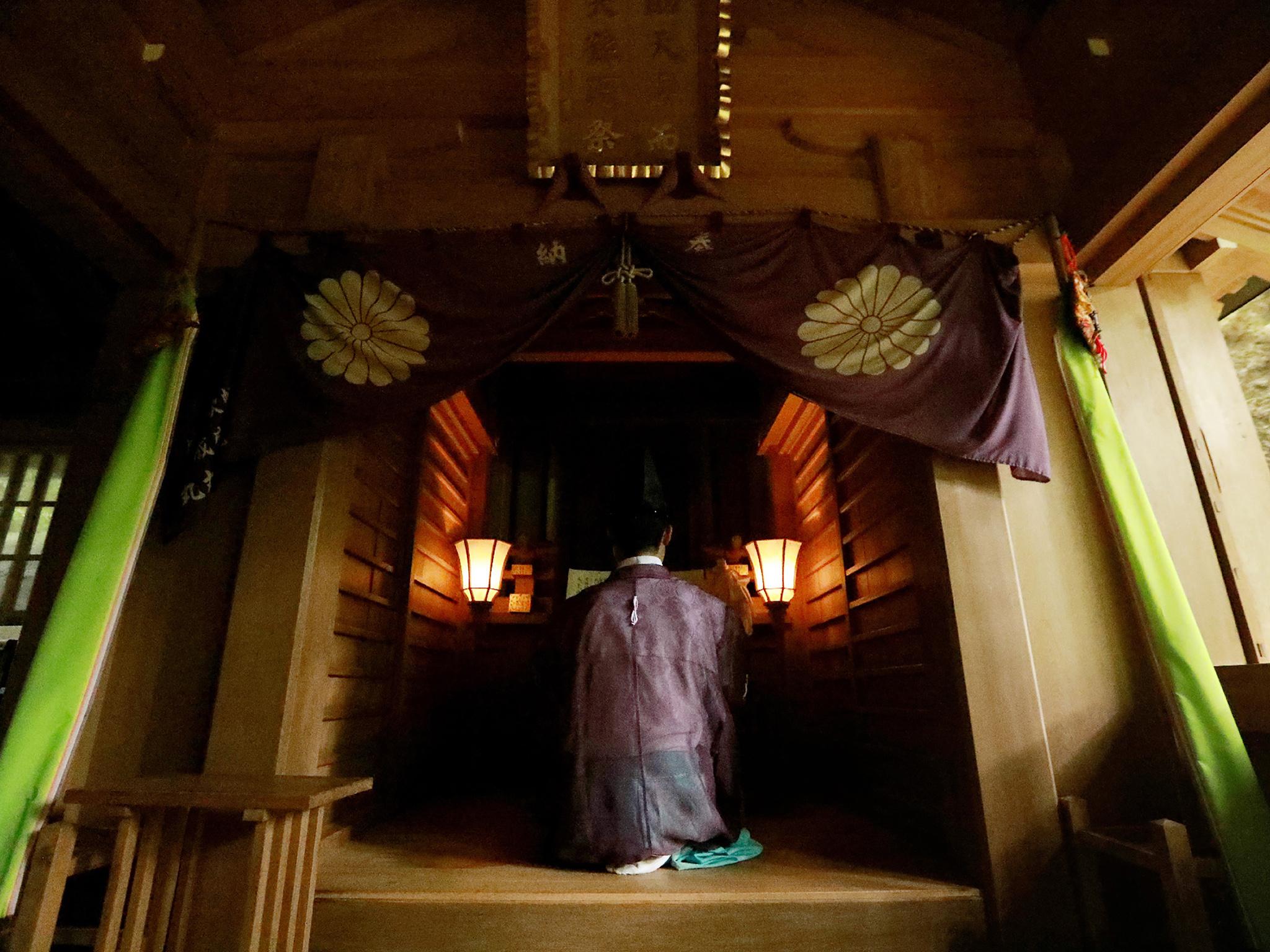Okinoshima: Sacred Japanese island where women are banned becomes Unesco world heritage site
Following strict rules, the 200 men who are allowed to visit annually, strip naked and perform a cleansing ritual before they set foot on the land

Your support helps us to tell the story
From reproductive rights to climate change to Big Tech, The Independent is on the ground when the story is developing. Whether it's investigating the financials of Elon Musk's pro-Trump PAC or producing our latest documentary, 'The A Word', which shines a light on the American women fighting for reproductive rights, we know how important it is to parse out the facts from the messaging.
At such a critical moment in US history, we need reporters on the ground. Your donation allows us to keep sending journalists to speak to both sides of the story.
The Independent is trusted by Americans across the entire political spectrum. And unlike many other quality news outlets, we choose not to lock Americans out of our reporting and analysis with paywalls. We believe quality journalism should be available to everyone, paid for by those who can afford it.
Your support makes all the difference.A sacred Japanese island where women are banned and men must strip naked has achieved Unesco world heritage status.
Okinoshima is home to the 17th century shrine of Okitsu, which was once used to pray for maritime safety.
The 700-square metre land mass, located in southwest Japan will join the country’s 20 other cultural and natural sites that have already been recognised by the United Nations cultural agency.
Okinoshima along with three nearby reefs and four other related sites were also given world heritage status at the UN body's annual summit in Krakow, Poland.
The tiny, remote island is a treasure trove of 80,000 offerings to Shinto sea gods, from beads to swords. It also facilitated exchanges between Korea and China from the fourth to ninth centuries.
Today, only male priests from Munakata Taisha, a group of Shinto shrines, are permitted to travel to worship at the island’s shrine.
In addition, up to 200 men are allowed to visit once a year, on 27 May. Then they honour sailors who died in a nearby naval battle during the 1904-05 Russo-Japanese war.
Following strict rules, they strip naked and perform a cleansing ritual before they set foot on the land. When they leave, they are not permitted to take anything with them and must never speak of the trip.
Women are banned from visiting because of Shinto traditions, although the original reason for the ban is unclear.
Some believe it is because of the Shinto belief that menstrual blood is unpure.
Others say that women were banned from travelling because the journey by sea was considered dangerous and men wanted to protect child-bearers.
Join our commenting forum
Join thought-provoking conversations, follow other Independent readers and see their replies
Comments